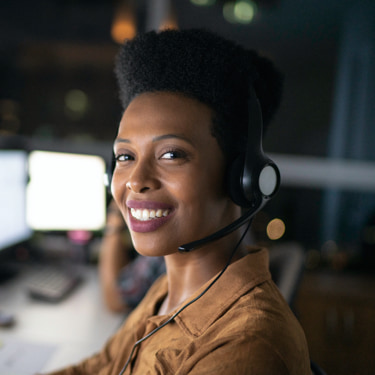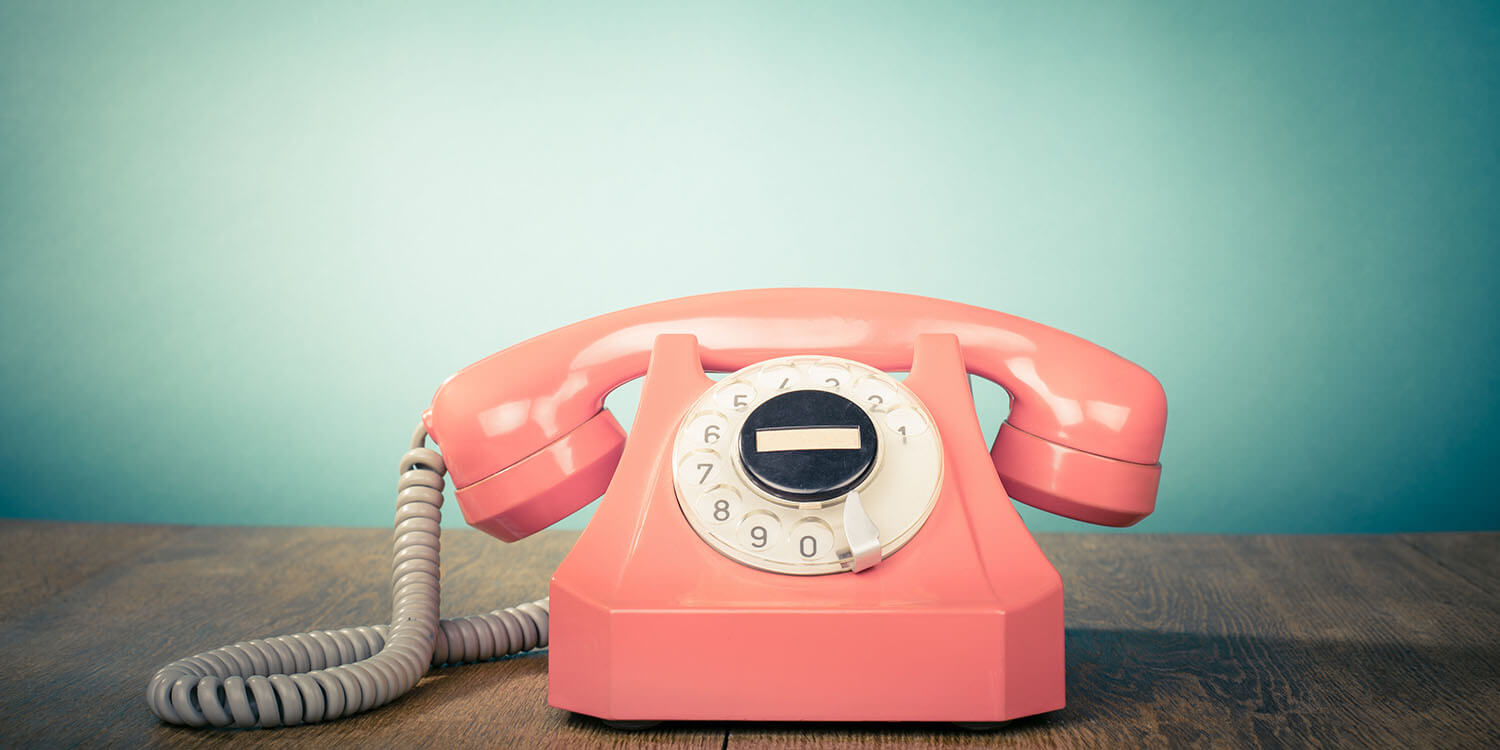All Categories
Featured
Table of Contents
- – What Is The Best Discover How To Set Up A Call ...
- – What Is The Best What Is An Answering Service?...
- – What Is The Best 14 Benefits Of A Telephone An...
- – What Is The Best The Benefits Of Secretarial ...
- – What Was The Most Popular Phone Call Answerin...
- – What Is The Best Answering Service Jobs In A...
What Is The Best Discover How To Set Up A Call Answering Service With A 7- ... To Buy Now
This gadget and its followers were created by Sava Jacobson, an electrical engineer with a private consulting service. While early voice mail utilized magnetic tape technology, most modern-day equipment uses strong state memory storage; some gadgets utilize a combination of both, with a solid-state circuit for the outgoing message and a cassette for the inbound messages.
"toll saving" below) (business answering service). This works if the owner is evaluating calls and does not want to speak to all callers. In any case after going, the calling party should be informed about the call having actually been responded to (in many cases this starts the charging), either by some remark of the operator, or by some greeting message of the little, or addressed to non-human callers (e.
This holds particularly for the TADs with digitally stored welcoming messages or for earlier devices (prior to the increase of microcassettes) with an unique limitless loop tape, different from a second cassette, dedicated to recording. There have actually been answer-only devices with no recording capabilities, where the welcoming message needed to inform callers of a state of existing unattainability, or e (business call answering service).
What Is The Best What Is An Answering Service? On The Market Today

about accessibility hours. In taping Little bits the greeting typically contains an invitation to leave a message "after the beep". A voice mail that utilizes a microcassette to tape-record messages On a dual-cassette answerphone, there is an outbound cassette, which after the specified number of rings plays a pre-recorded message to the caller.

Single-cassette answering devices contain the outgoing message at the start of the tape and inbound messages on the staying space. They initially play the statement, then fast-forward to the next readily available area for recording, then tape-record the caller's message. If there are numerous previous messages, fast-forwarding through them can trigger a substantial delay.
This beep is frequently referred to in the greeting message, asking for that the caller leave a message "after the beep". TADs with digital storage for the tape-recorded messages do disappoint this delay, naturally. A little might offer a remote control facility, whereby the answerphone owner can ring the house number and, by going into a code on the remote telephone's keypad, can listen to recorded messages, or erase them, even when away from home.
What Is The Best 14 Benefits Of A Telephone Answering Service In 2023 In The World

Thereby the maker increases the variety of rings after which it responds to the call (usually by two, resulting in four rings), if no unread messages are currently stored, however responses after the set number of rings (typically 2) if there are unread messages. This enables the owner to discover whether there are messages waiting; if there are none, the owner can hang up the phone on the, e.
Some makers likewise permit themselves to be from another location triggered, if they have been changed off, by calling and letting the phone ring a specific a great deal of times (usually 10-15). Some provider desert calls currently after a smaller number of rings, making remote activation difficult. In the early days of Littles an unique transmitter for DTMF tones (dual-tone multi-frequency signalling) was regionally required for remote control, considering that the formerly employed pulse dialling is not apt to communicate appropriate signalling along an active connection, and the dual-tone multi-frequency signalling was carried out stepwise.
Any incoming call is not identifiable with regard to these properties in advance of going "off hook" by the terminal equipment. So after going off hook the calls should be changed to appropriate devices and just the voice-type is instantly accessible to a human, but maybe, nevertheless should be routed to a LITTLE (e.
What Is The Best The Benefits Of Secretarial And Telephone Answering ... And Why
What if I informed you that you do not need to really get your gadget when answering a consumer call? Somebody else will. So hassle-free, right? Answering phone calls does not need someone to be on the other end of the line. Effective automated phone systems can do the technique just as efficiently as a live representative and in some cases even better.
An automated answering service or interactive voice reaction system is a phone system that communicates with callers without a live person on the line - business call answering service. When companies utilize this technology, consumers can get the answer to a concern about your business simply by utilizing interactions set up on a pre-programmed call circulation.
Although live operators upgrade the consumer service experience, numerous calls do not require human interaction. A simple documented message or directions on how a customer can retrieve a piece of information usually solves a caller's immediate need - virtual answering service. Automated answering services are a basic and effective method to direct inbound calls to the ideal individual.
What Was The Most Popular Phone Call Answering Service?
Notice that when you call a business, either for assistance or product inquiry, the first thing you will hear is a pre-recorded voice greeting and a series of options like press 1 for customer care, press 2 for inquiries, and so on. The pre-recorded options branch off to other options depending on the customer's choice.
The phone tree system assists direct callers to the best person or department using the keypad on a mobile phone. In some instances, callers can use their voices. It deserves keeping in mind that auto-attendant choices aren't restricted to the 10 numbers on a phone's keypad. As soon as the caller has chosen their first option, you can develop a multi-level auto-attendant that uses sub-menus to direct the caller to the best sort of assistance.
The caller does not need to communicate with a person if the auto-attendant phone system can handle their issue. The automatic service can route callers to a staff member if they reach a "dead end" and need assistance from a live representative. It is pricey to hire an operator or executive assistant.
What Is The Best Answering Service Jobs In All Australia Service?
Automated answering services, on the other hand, are significantly less costly and offer considerable expense savings at approximately $200-$420/month. Even if you do not have committed staff to deal with call routing and management, an automated answering service improves productivity by permitting your team to focus on their strengths so they can more effectively spend their time on the phone.
A sales lead routed to client service is a lost shot. If a customer who has item concerns reaches the incorrect department or receives insufficient answers from well-meaning employees who are less trained to manage a particular kind of question, it can be a cause of aggravation and discontentment. An automatic answering system can lessen the variety of misrouted calls, thus assisting your employees make better usage of their phone time while maximizing time in their calendar for other tasks.
With Automated Answering Systems, you can produce a tailored experience for both your personnel and your callers. Make a recording of your primary greeting, and simply upgrade it routinely to reflect what is going on in your company. You can create as many departments or menu options as you desire.
Table of Contents
- – What Is The Best Discover How To Set Up A Call ...
- – What Is The Best What Is An Answering Service?...
- – What Is The Best 14 Benefits Of A Telephone An...
- – What Is The Best The Benefits Of Secretarial ...
- – What Was The Most Popular Phone Call Answerin...
- – What Is The Best Answering Service Jobs In A...
Latest Posts
Value Bilingual Answering Service – Fremantle 6160
Dental Answering Service ( Brisbane 4000)
Guaranteed After Hours Answering Service Near Me – Loddon Mallee
More
Latest Posts
Value Bilingual Answering Service – Fremantle 6160
Dental Answering Service ( Brisbane 4000)
Guaranteed After Hours Answering Service Near Me – Loddon Mallee